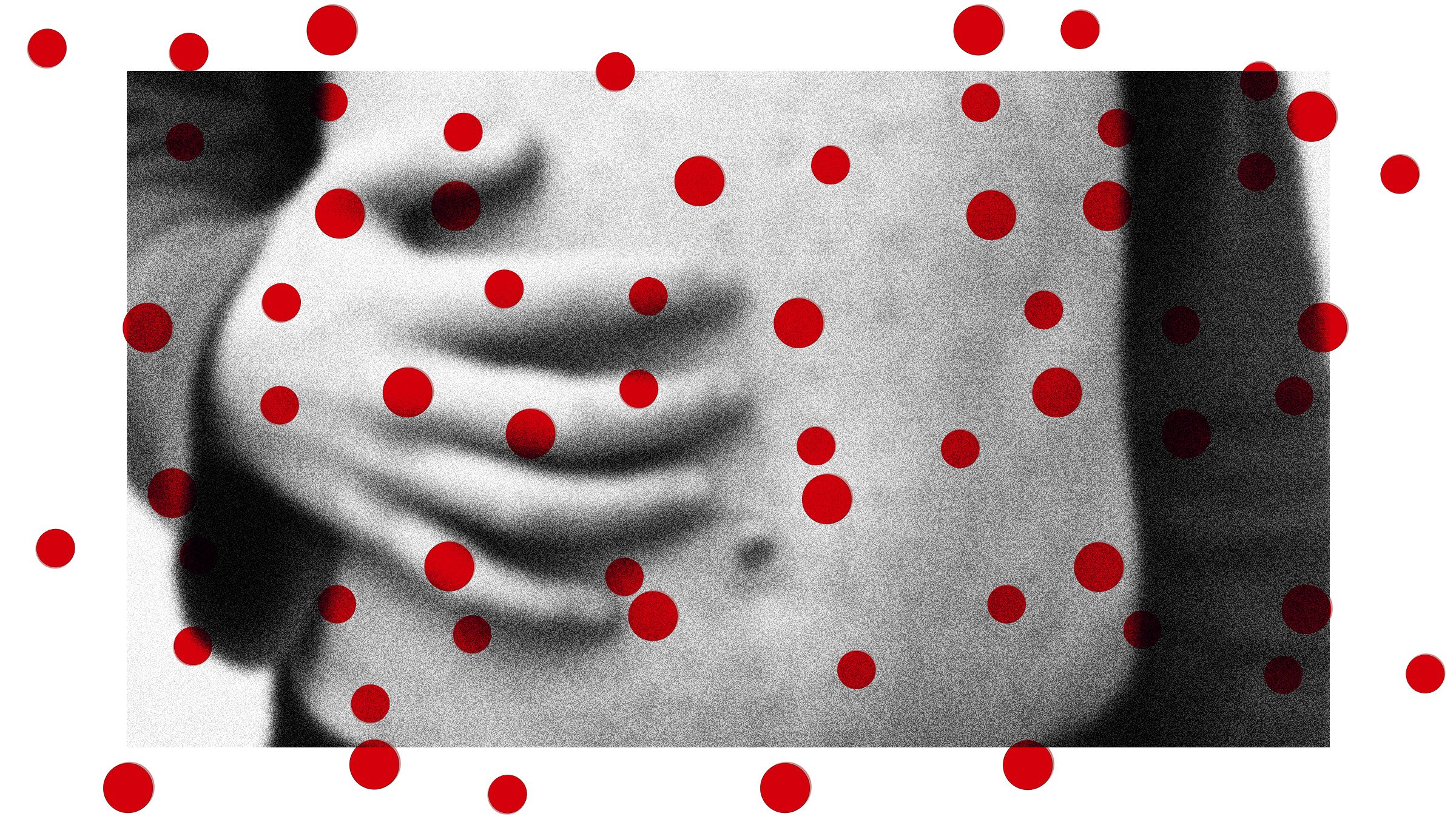As the United States grapples with rising measles cases and outbreaks in several states, another vaccine-preventable disease is quietly spreading throughout the country.
This year, there have been at least 7,599 cases of pertussis, also known as whooping cough, up from 3,473 cases at this time last year, according to the latest tally by the Centers for Disease Control and Prevention. With a record number of parents seeking vaccine exemptions for their children and childhood vaccination rates declining, more outbreaks of measles, pertussis, and other diseases are not just likely, they’re inevitable.
“When vaccination rates fall, the first disease you’re going to see show up is measles because it’s so contagious, but others will follow,” says Ari Brown, a pediatrician in Texas, the epicenter of the current measles outbreak, and a spokesperson for the American Academy of Pediatrics. “This is a troublesome trend.”
Last year, there were 285 cases of measles for all of 2024. This year, cases have already risen to over 700, and two children have died of the disease. Children have also been dying of whooping cough. In Louisiana, two infants died of the disease in the past six months—the state’s first deaths from the illness since 2018—according to a recent statement by the state’s surgeon general. In January, South Dakota’s department of health announced that a child died due to a co-infection of flu and pertussis. And in February, a local health department in Washington confirmed that a Spokane County child under the age of 5 died of whooping cough—the first in the state since 2011.
A type of bacterial infection, whooping cough is spread through respiratory droplets when an infected person coughs or sneezes. It causes flu-like symptoms and violent, rapid coughing. It’s known for the characteristic, high-pitched “whoop” sound when someone inhales after a coughing fit. The disease is especially dangerous for babies because it can interfere with their breathing.
Nationwide, there were 35,435 cases of whooping cough in 2024, compared with 7,063 in 2023, according to a provisional surveillance report from the CDC. Cases hit a low of 2,116 in 2021 due to social distancing during the Covid-19 pandemic and were still on the rebound in 2023. Yet 2024’s numbers far outpaced the 18,617 cases seen in 2019 and 15,609 cases in 2018.
The disease can lead to serious complications, including pneumonia, seizures, brain damage, and death. Infants and young children are particularly at risk. Around a third of infants under six months old who came down with whooping cough in 2024 required hospitalization.
“The crux of the disease is that it’s caused by this particular bacteria, Bordetella pertussis, which creates a toxin, and that toxin can be very damaging to our lungs,” says Amy Edwards, associate professor of pediatrics at Case Western Reserve University School of Medicine.
Vaccination is the best way to protect against infection and severe disease. The diphtheria, tetanus, and pertussis, or DTaP, vaccine is given in five doses in infancy and early childhood. Immunity from vaccination and natural infection eventually wanes, and a booster shot is recommended at age 11 or 12 and every 10 years after, including for adults. The CDC advises pregnant people to get a booster during each pregnancy.
Fewer children getting vaccinated also affects adults, who are less likely to be up-to-date on their recommended vaccinations. “Because a lot of adults don’t get boosted, pertussis is going to be one of the earliest vaccine-preventable illnesses that we see in that population,” Edwards says. “Other vaccine-preventable illnesses will follow if we don’t get ahead of it and vaccinate our children.”
For pertussis and measles, high rates of vaccination within communities are needed to make sure everyone is protected from infection and severe disease—some people can’t take vaccines for medical reasons, or may have weakened immune systems, and so rely on the collective immunity of everyone else to avoid getting these infections. For measles, 95 percent vaccine coverage is needed for community protection. For pertussis, it’s 92 to 94 percent. In many places in the US, vaccination rates have been steadily declining.
The pandemic disrupted many routine health care services, leading to a dip in childhood vaccination rates, and those rates have yet to recover. Confidence in childhood vaccination has plummeted among Republicans, a spillover effect from growing distrust in science as a result of Covid vaccine mandates and rapidly evolving health guidance during the pandemic. More parents are now opting out of vaccinating their children for religious and philosophical reasons.
After a decade of nearly 95 percent of children nationwide receiving all four of the major childhood vaccines—MMR (measles, mumps, and rubella), DTaP, poliovirus, and chickenpox—coverage declined to 93 percent from 2019 to 2023. It fell again, to below 93 percent, during the 2023 to 2024 school year, while the number of exemptions from one or more vaccines among kindergartners grew.
Public health experts worry that childhood vaccination rates could dip further under the current Trump administration with Robert F. Kennedy Jr. at the helm of the US Health and Human Services, which oversees the CDC. Kennedy has long promoted the discredited claim that vaccines cause autism and other anti-vaccine myths. Amid rising measles cases—the highest in the US since 2019—Kennedy has downplayed the threat of the disease.
“We’re certainly seeing an increase in the momentum towards the idea of medical freedom or personal choice, and we’ve heard that messaging reiterated by our current administration,” says Crystal Rommen, director of Louisiana Families for Vaccines, a nonprofit that provides evidence-based information to educate families about the impact of vaccines. “One message that we’re really trying to emphasize to the parents and the other community members across the state is that the MMR vaccine is safe. It’s effective,” she says.
Chickenpox is one disease that could come back as a result of declining vaccination rates. Before a vaccine was introduced in 1995, more than 4 million people got chickenpox each year, hospitalizations numbered more than 10,000, and as many as 150 people died, half of them children, according to the CDC.
Diphtheria and tetanus—the other diseases the DTaP vaccine protects against—could be next. While diphtheria has essentially been eradicated in the US, there have been recent cases in Europe. Other vaccine-preventable diseases, such as pneumococcal disease and Haemophilus influenzae type b, or Hib disease, could also rebound.
There’s a risk of polio reemergence, too. The US eradicated polio in 1979, and the rest of the world is on the brink of doing so, but USAID cuts by the Trump administration that provide funding for polio vaccination could put that status in jeopardy. If polio cases flare up outside of the US, falling vaccine coverage inside of the country could then leave children vulnerable. “It depends on how low the vaccination rates get,” Edwards says. “If people see these outbreaks as a wake-up call and vaccine uptake increases, we really could dodge the rest. But I don’t hold out hope for that.”




